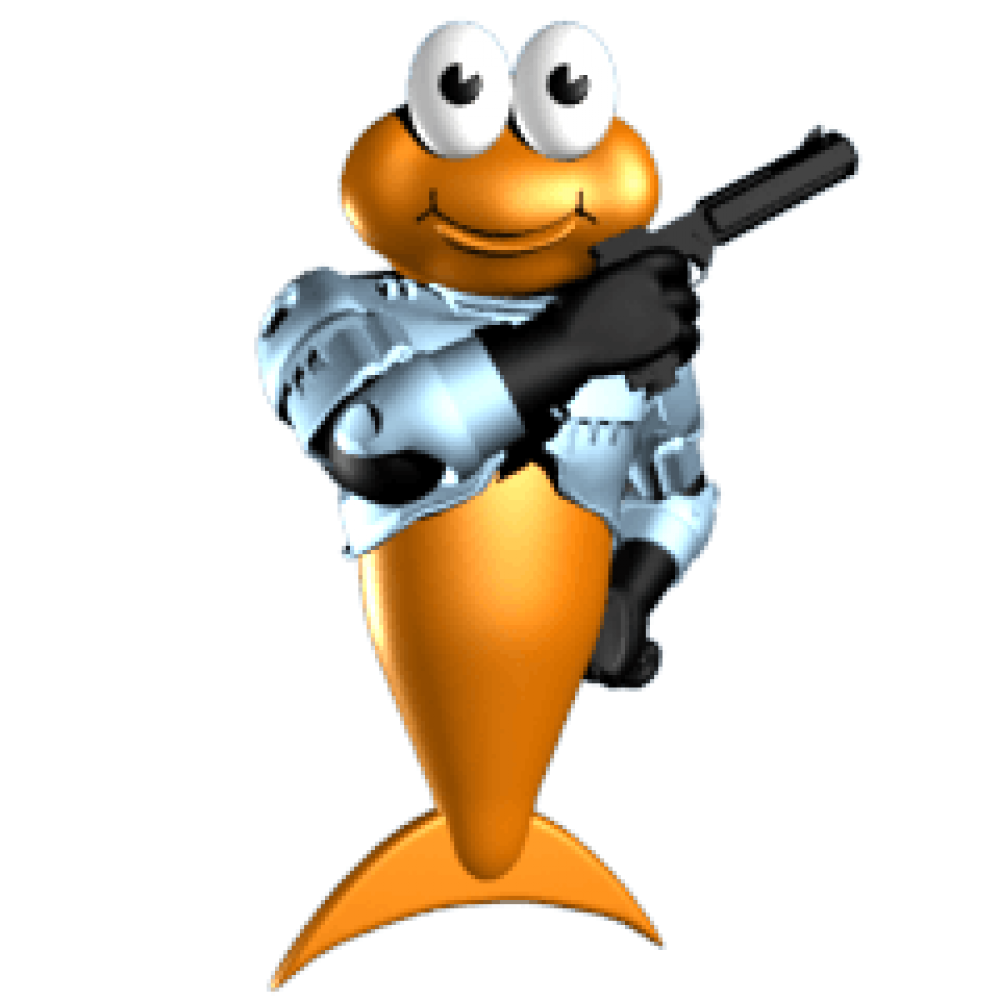

Some of them are situated in plain sight, and you can rush to their side. So, how are the levels structured? A typical stage begins with a generous timer counting down, and you must spend the allotted time locating the red blobs you came to rescue. There is a finite supply of food to gather that replenishes your hearts, but you can’t obtain extra lives. If you only just barely clear one stage, you’ll start the next one in bad shape. Additionally, your stock of lives and even your health meter’s condition carry from one area to another. Moments of hesitation as you try to remember which attack button to use-or which jump button-often will result in you taking unnecessary damage, which sucks because you can’t typically lose more than one life without being sent to an obnoxious “Game Over” screen before you are allowed to try again. Most stages in Putty Squad are absolutely packed with enemies, projectiles and hazards.

I apologize for spending two whole paragraphs talking about something boring like the control scheme, but it negatively colors the whole experience. That brings to three the total number of buttons that make Putty jump in slightly different ways. If that’s the case, they succeeded when they required the player to press Square to jump down, instead of the X button. Perhaps they were too busy finding other ways to confound me. There’s never really a point where being able to attack in either direction with two separate buttons adds anything positive to the experience, and I can’t help but wish the developers had kept things simple. Too often, I’ll press the R1 button to attack an enemy that is approaching from the direction Putty is facing, and he will instead flail ineffectively at the air behind him. Pressing L1 prompts an attack to the left, while R1 makes Putty lash out to the right. The shoulder buttons are relegated to action attacks. This feels like it all could have been handled in a more straight-forward way, as seen in the Kirby titles on the Game Boy and NES. Then you can press Down to make the mass of ooze exhale and quickly drop. If you press the Triangle button, Putty will partially inflate himself, and you can tap it a second and third time to make him grow even larger and rise more quickly. That’s simple enough, but you also must keep track of other abilities.

Having never played the original version of the game, I can’t say it ever possessed those last two qualities, but one thing is certain: it lacks them now.Īs you might expect, you control Putty with the analog stick or d-pad. Graphics have improved dramatically, but more importantly, players have grown accustomed to precision controls and intuitive interfaces. In the 20 years following Putty Squad’s original release, a lot has changed. It’s zany old school madness that would quite probably be worth a purchase by those who are looking for a throwback to the games of yore, if only it weren’t so tiresome to play. Players are placed in charge of a blob of blue putty that must save its crimson-hued brethren by hopping, sliding and floating through a variety of bizarre and demanding action stages.

"Putty Squad is a 20-year-old platformer that most people forgot about, and it turns out there's good reason for that."Ĭreated by pioneering European development studio System 3 and originally released on the Super Nintendo by Ocean in 1994 after plans for an Amiga edition were shelved, Putty Squad is a platformer with battle scars.


 0 kommentar(er)
0 kommentar(er)
